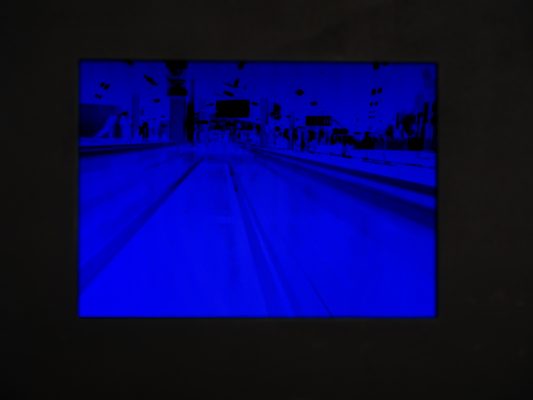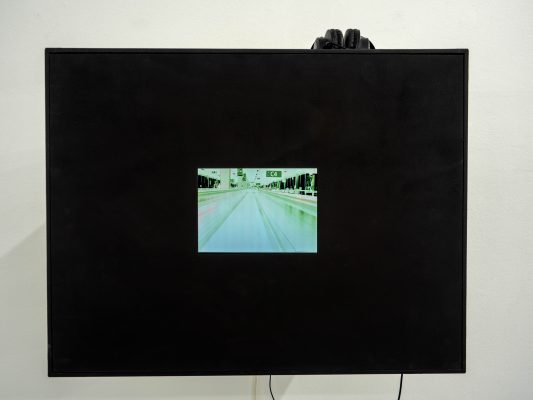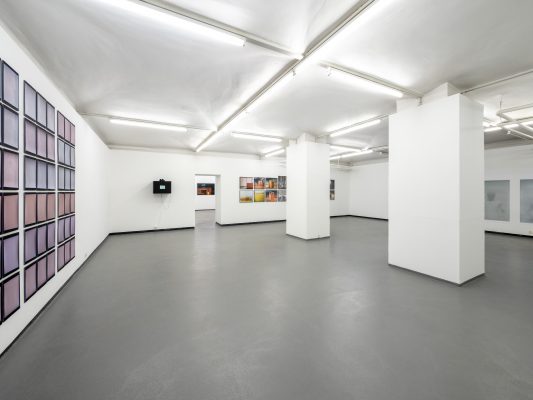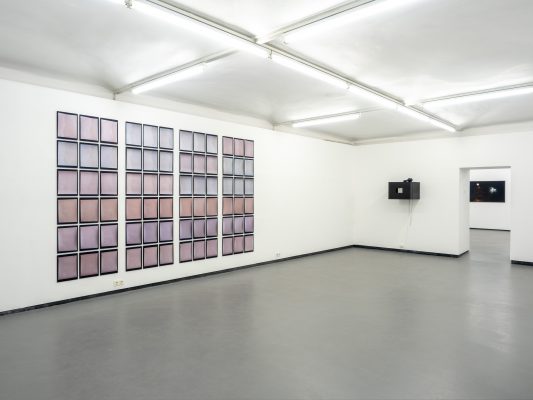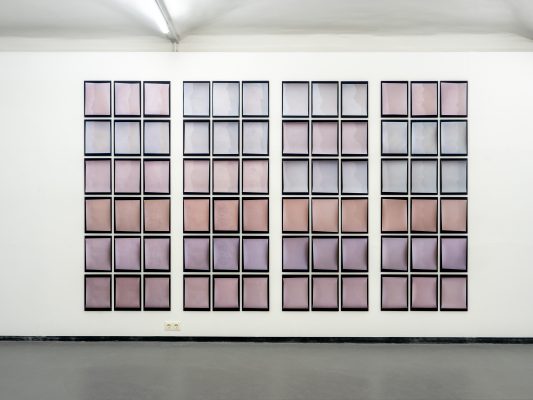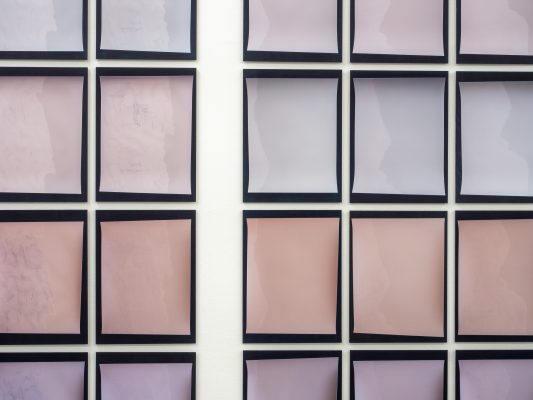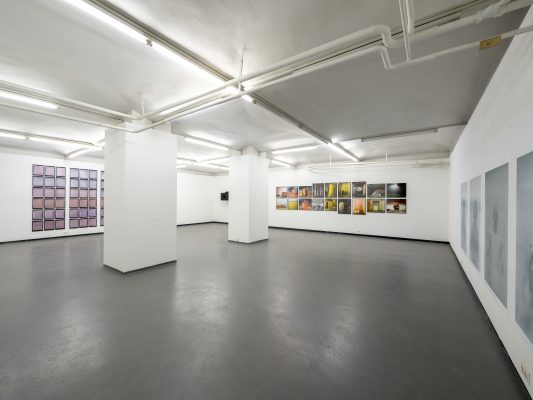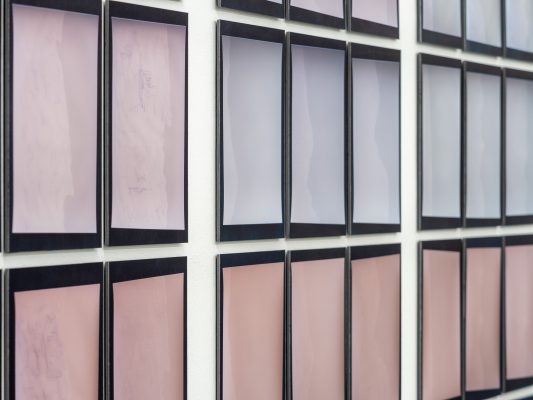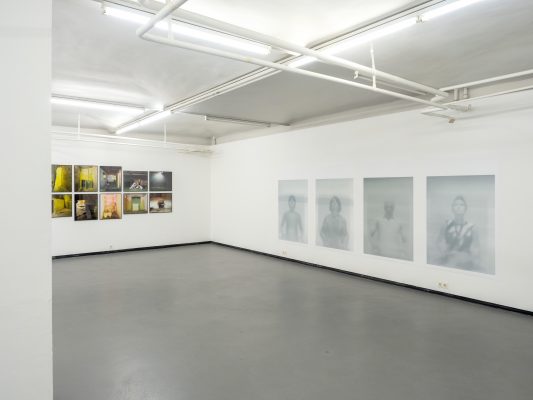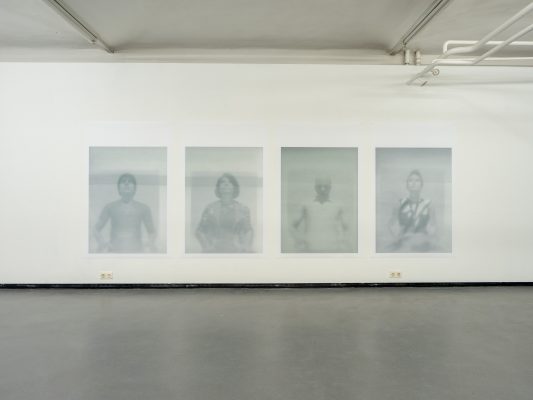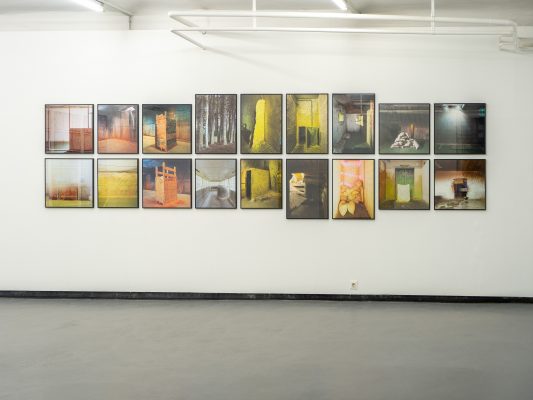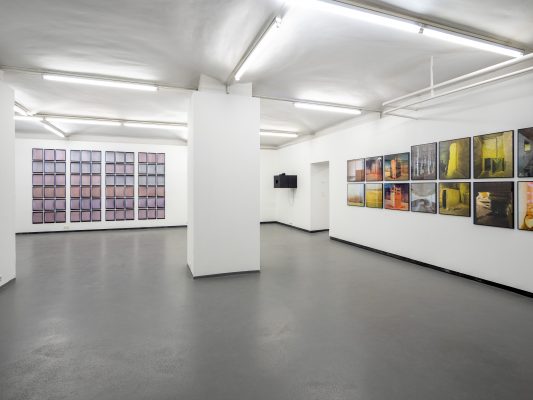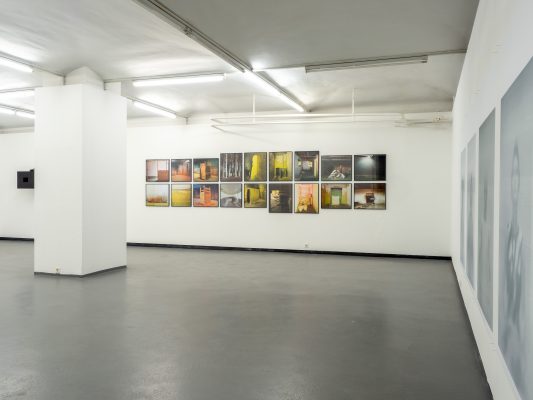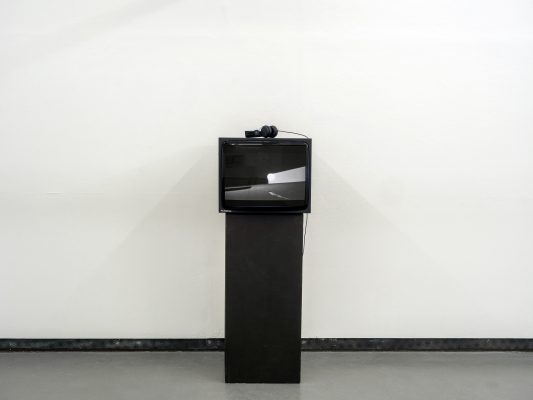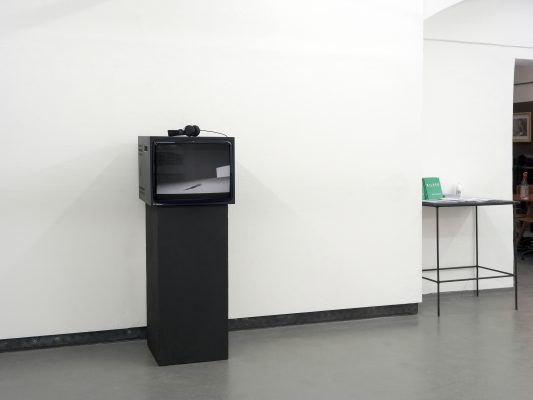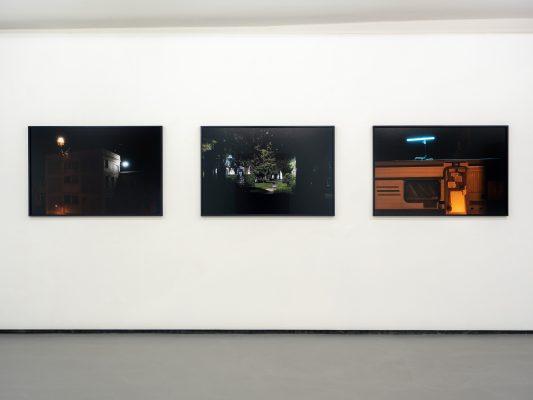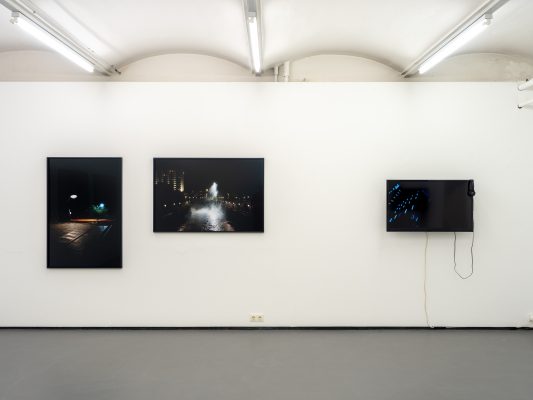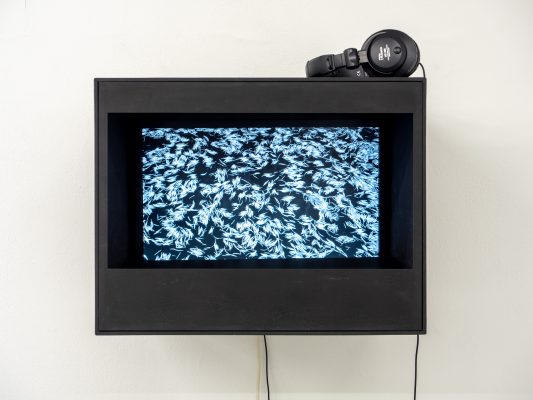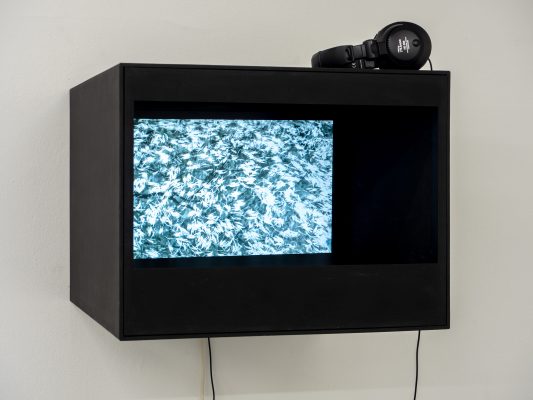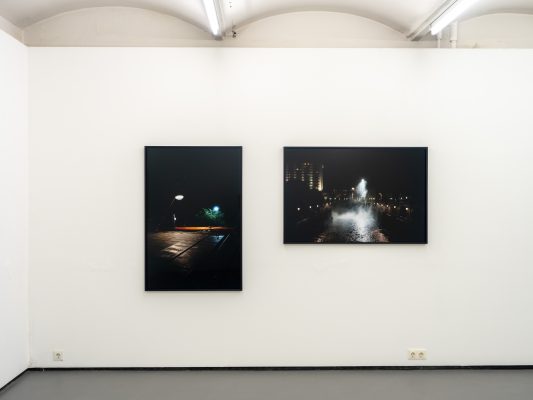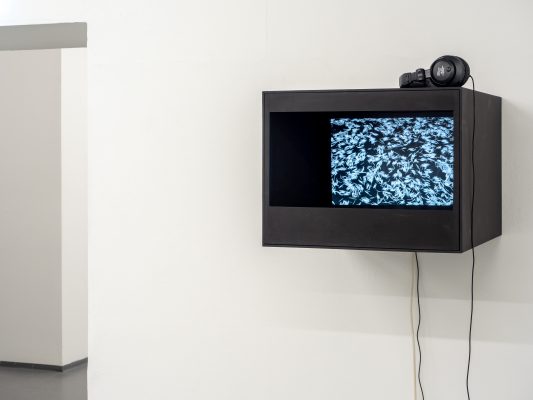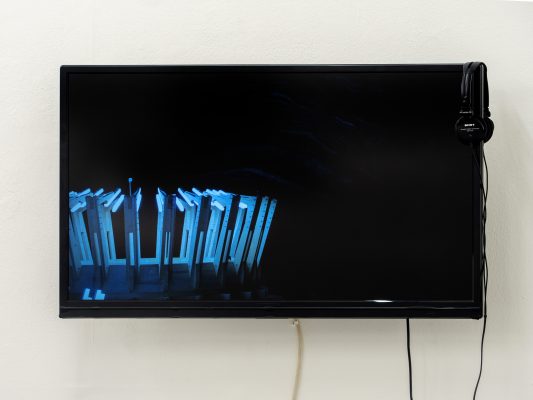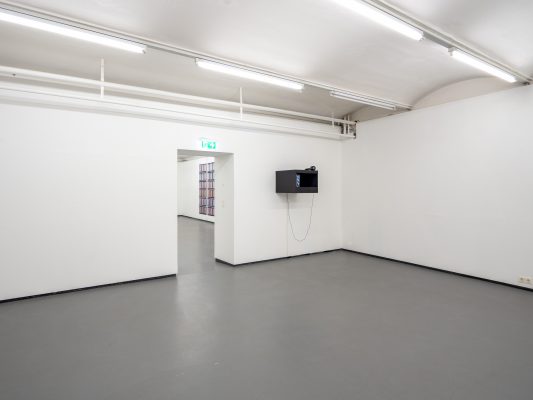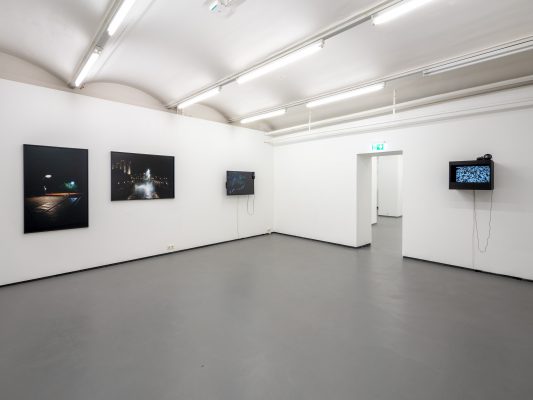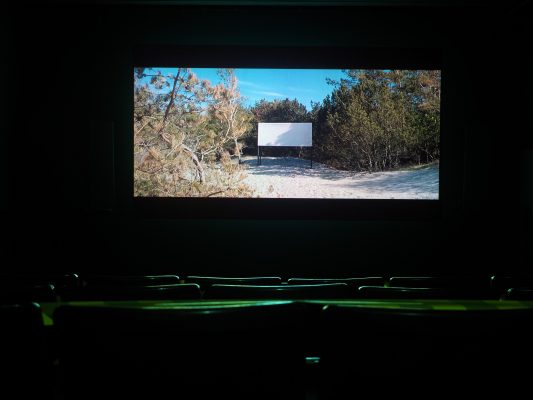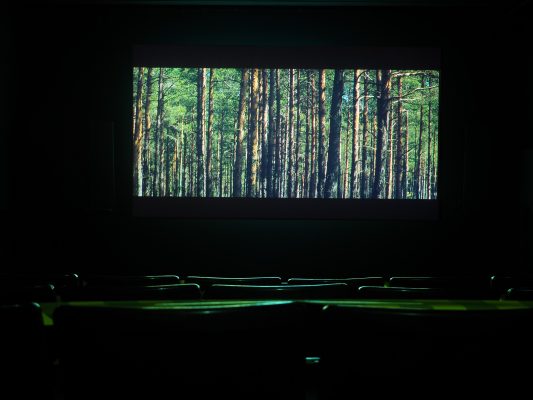Exhibition opening: Monday, 3 May, 3-7 p.m. in the presence of the artists.
Video documentation of the exhibition with introductory words by Petra Noll-Hammerstiel and artists’ statements in our online cinematheque.
sponsored by: BMKOES; MA7-Kultur; Cyberlab
It is a phenomenon of the present day that life is permeated by a state of latent disquiet. This mood manifests itself in our subconscious mind as a kind of (background) noise level – vague, diffuse and continuously present. It results from a permanent, omnipresent feeling of insecurity in a world which is increasingly experienced as impossibly complex.
By means of filmic and photographic spatial investigations the artists analyse how the phenomena of a state of disquiet effect a shift of the perception of reality. On the one hand, they construct spaces by digital or analogue manipulations. The puzzling scenarios emerge, for example, from the fusion of the virtual with the physical or natural spaces with filmic ones. On the other hand, they find places in which through photographic displacements of the context, or colour and audio defamiliarisation a reality and ‘second reality’ merge surreally or bizarre spatial situations in which the colourful life of the contemporary world collides with a darker past. Almost all the works have a high degree of poetic potential that makes the spatial scenarios even more unfathomable, thereby defining the experience of reality as something totally and completely subjective.
In the short, black and white video, Another State of Matter, by Maximiliane Leni Armann, a dystopian atmosphere, accentuated by the audio, permeates a tracking shot through newly-created, 3-D programmed spaces. In these artificial scenarios constituted by simple geometric forms, swimmers emerge and descend from the darkness. It is a quest ‘for the almost uncanny moment when the virtual space appears to merge with the physical’ as it does in the photo series, sitting on {..}, which features only vaguely recognisable human figures taken from the virtual world in an indeterminate space – photographic paper is placed over a computer monitor screen and exposed.
Viktoria Schmid is showing the short Cinemascope film, A Proposal to Project in Scope. This new part of the Proposals series ‘tempts us to reconsider the rectangle onto which our filmic desires are projected. Shot on the Lithuanian coast in the midst of dunes, sea and forest over the course of a single day in 35mm film, Schmid configures the screen as a white surface on which sunlight, wind and shadows create a mesmerising new cinematic artwork.’ (Neil Young, Vienna Shorts)
The series, Schattenbelichtungen, by Laura Sperl, presented as a large scale wall installation, was made without a camera, darkroom or chemicals. The photographic paper was exposed directly to sunlight. The exposures were based on drawings made of the movement of a shadow that were made directly on transparent paper in the shadow. The photographs faded over a period of two years (2018–2020) because no chemical fix was used. The progress of the fading was recorded using digital photography. In Schattenbelichtungen the emphemeralities of space, time and light over a single day have been captured in poetic and abstract photograms.
Rudolf Strobl is showing works from his perennial documentary photo project, Dye. They show us ‘strange’ spaces which are difficult to categorise at first glance. In fact they are of former warehouses, dilapidated pubs or abandoned farmhouses that have been used as ‘colour battlefields’ by paintball players and thus divested of their original functions. Strobl was primarily interested in the formal aspects of the spatial transformations; because of the regular addition of new layers of colour to places and objects, artificial worlds were created with their own reality. ‘It almost appears as if the photographer was wandering through the vast landscape in an oil painting.’ (Peter Schreiner)
The large format photo series EXT.NOC., by Patrick Topitschnig, shows deserted places at night with film apparatus and sets outside of the actual film shootings. The very aesthetic photographs dominantly showcase film lights and other technical equipment that have been put in place for sometimes very distant film scenes. The video, Carusel shows an amusement park built into a former salt mine that was also used as an air raid shelter. Despite the presence of playground furniture our primal fears are aroused by the indefinite, gloomy atmosphere of the space, the threatening steel structure, the surrealistic light objects and the echo of its previous functions. Both works are concerned with the construction of reality in film.
Doris Maximiliane Würgert induces considerable irritation with spaces that are located between reality and fiction, visibility and invisibility. She examines the perception of mediated realities as in the video installation, Rückblick aus dem Jahr 2030 which takes its inspiration from a literary work by Edward Bellamy. The work deals with a dream-like, anachronistic depiction of an airport scenario that is visually and chromatically distorted and framed by menacing music and quotations from films and literature. Suddenly shots are fired and it is now, at the very latest, that one begins to speculate about inexplicable events. The new video, n.o.T., also contains aspects of threat, loss of time and orientation, ephemerality and the failure of explanatory certainty.
Johan Nane Simonsen
